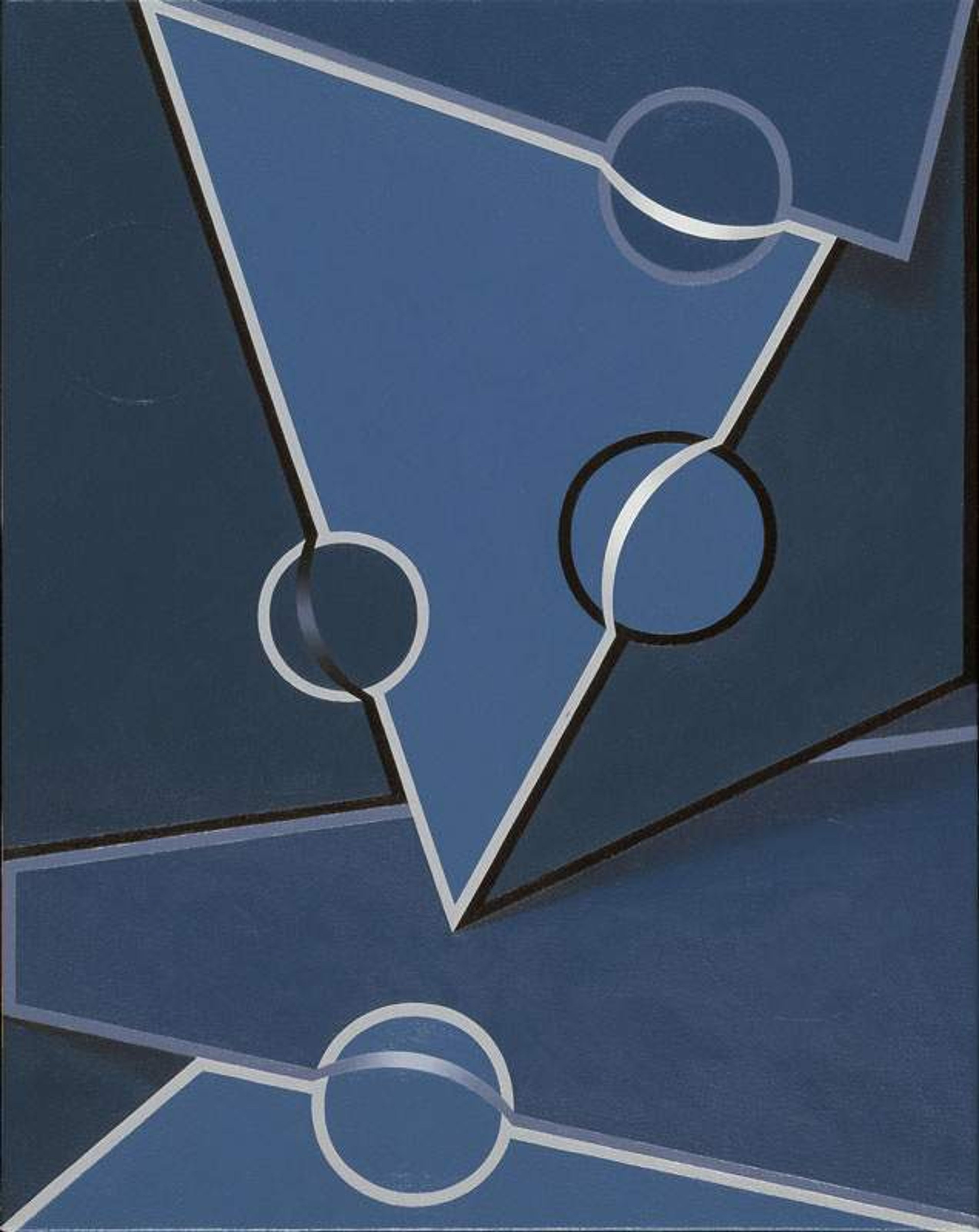Tate Britain, London, United Kingdom
2000
In 2000, Wolfgang Tillmans became the first photographer to win the annual Turner Prize organized by Tate in London. The award was based on Tillmans’s solo exhibitions held in 1999, including those at Interim Art in London (now Maureen Paley gallery), Städtische Galerie in the artist’s hometown of Remscheid in Germany, and Andrea Rosen Gallery in New York, as well as his published work inbooks and magazines. The jury—which, among others, included Julia Peyton-Jones, then director of London’s Serpentine Gallery, Matthew Slotover, publisher of frieze magazine, and then Tate Director Nicholas Serota—praised Tillmans for his engagement with contemporary culture, his challenge to conventional aesthetics, and for taking photography in new directions though the methods and presentation of his work.
Tillmans, who studied at Bournemouth and Poole College of Art and Design in England and lived in London from 1992 to 1994, and again from 1996 to 2007, was also the first foreign artist to win the Turner Prize; the award is given to "a British artist," which includes non-nationals working in the United Kingdom and British artists working abroad. At the time—and particularly given the prominence during the 1990s of so-called YBAs (Young British Artists) including Tracey Emin, shortlisted for the prize in 1999, and Damien Hirst, who won in 1995—this important milestone sparked debates around nationality and diversity in the arts. "His work is full of life, and works best when seen in the full," Adrian Searle wrote inThe Guardian of Tillmans’s Turner Prize exhibition. "The cultural life of Britain is immeasurably strengthened by those from abroad who have chosen to work here. We need different voices, different attitudes, different ways of looking at the world." Tillmans now divides his time between Berlin and London. He created aseries of posters as part of a campaign against Brexit in 2016.

